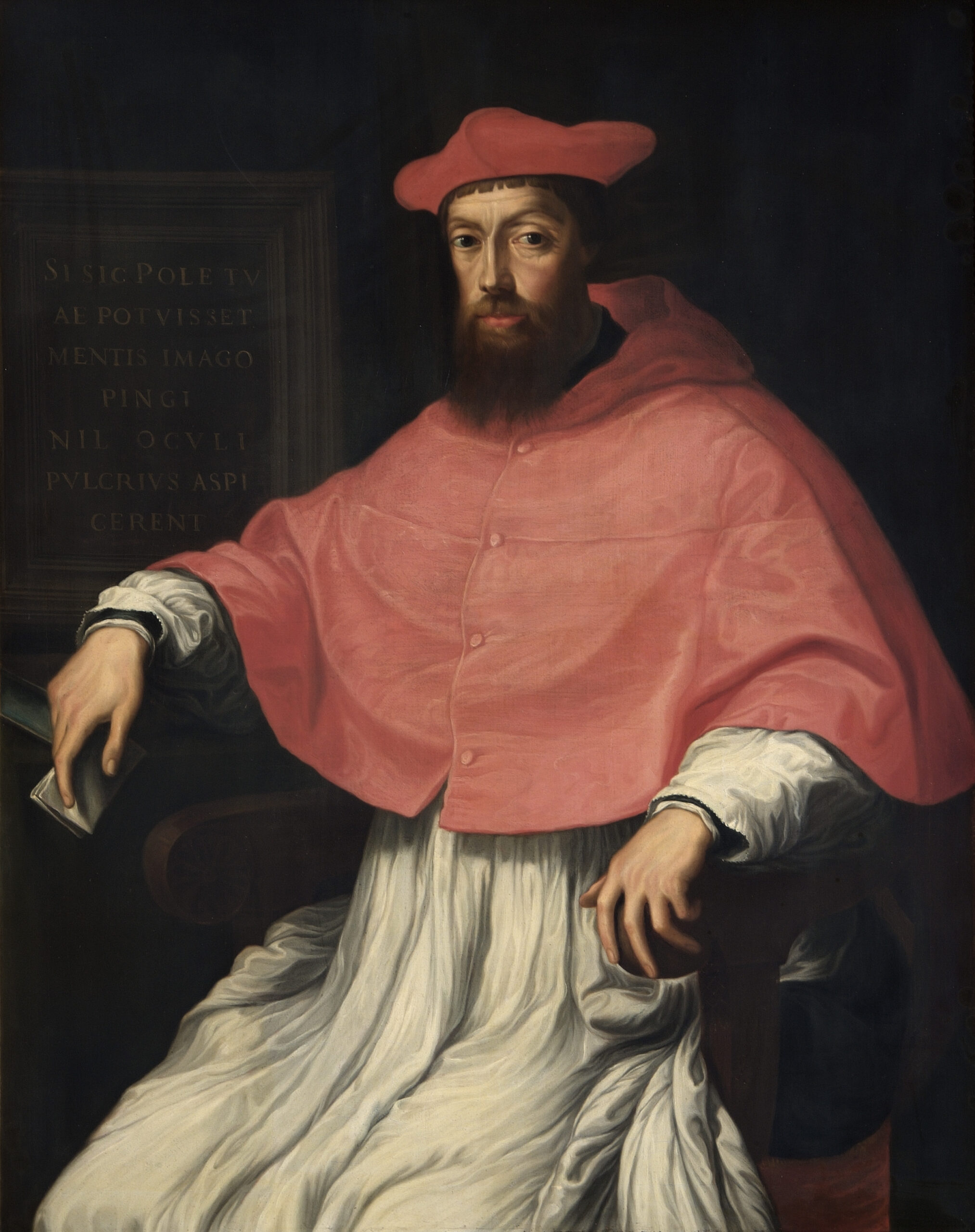
Reformation Cardinal
Reginald Pole in sixteenth-century
Italy and England
Born in 1500 into the highest circles of the English aristocracy and then lifted as high in the Church, Reginald Pole’s life was spent steering a perilous course through the storm of the European Reformation. After a brilliant scholarly career in Italy, he chose refuge there from Henry VIII’s regime and its anti-papal policies. His oppositional stance infuriated the king and led to the execution for treason of Pole’s own mother and brother. Steeped in the theology of martyrdom, Pole prepared himself for the same fate at the hands of Henry’s assassins.
Pole was made a cardinal in 1536 and later came within one vote of the papal throne. His great period of service in England arrived three decades after he had left, when in 1553 Mary Tudor appointed him to be archbishop of Canterbury and they began the work of reconciling the English Church to Rome. He died at Lambeth in 1558, on the same day as the queen, in the knowledge that the restoration they had begun would not survive the new dispensation.
Pole’s was a life steeped in books. He was a scholar and a collector of one of the period’s most intriguing libraries, and it was in books that he fought his battles and made his strongest statements for reform. This exhibition gathers books from Oxford, London, and Rome to tell his story. The Pole who emerges is a complex and agonized individual, someone of sincerity and of evident charm, a connoisseur, a man of strong faith, a European statesman—and a battler for moderation within the limits of the possible.

